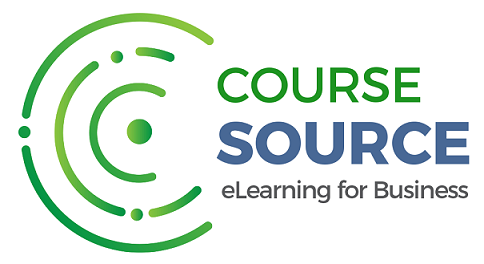Business Analysis

Overview
The course will take you through a proven, structured process to improve your ability to collect, analyse and Forecast information to generate valuable insights and make well-supported business decisions.Employing exercises and solutions easily adaptable for your own workplace, this course employs a combination Of written materials, screenshots, videos and over 60 professional spreadsheet models (especially developed for Excel 2007/2010/2013).
Learning Outcomes
- Understand what drives change and predict future performance.
- Communicate information to colleagues, clients and stakeholders effectively.
- Understand your audience and present data using Excel.
Audience
- Financial and business analysts, managers, planners, customer-service staff, operations staff and information-management personnel.
- Professionals, team leaders and junior to intermediate Business Analysts would also benefit.
Syllabus
Section 1: Introduction
- Unit 1.1 - Turning Numbers into Better Business Decisions
Section 2: The Business Analyst's Excel Toolbox
- Unit 2.1 - Essential Excel for Business Analysis : Introduces four essential Excel techniques that differentiate good spreadsheets from average ones: using range names, conditional formatting, data validation and matching and ranking data.
- Unit 2.2 - Professional Tools for Business Analysts
Section 3: Collecting and Managing Business Data
- Unit 3.1 - Importing and Exporting Data
- Unit 3.2 - Power Functions for Managing Business Data
Section 4: Communicating Your Message
- Unit 4.1 - Your Stakeholders and Their Needs
- Unit 4.2 - Data Presentation Formats That Work
Section 5: Winning Charts for Business Communication
- Unit 5.1 - Professional Chartin
- Unit 5.2 - Dynamic Charts
- Unit 5.3 - Some Special Charts for Business Analysis
Section 6: Looking Inside Your Data (Analysis)
- Unit 6.1 - Analysing Data with Pivot Tables
- Unit 6.2 - Managing Pivot Tables Output
Section 7: Comparing Business Scenarios
- Unit 7.1 - Decision Making with Compared Scenarios
- Unit 7.2 - The Scenario Manager
Section 8: Looking Outside Your Data (Forecasting)
- Unit 8.1 - Time Series and Forecasting
- Unit 8.2 - Working with Moving Averages
- Unit 8.3 - Introduction to Regression
Section 9: Ending
-
Unit 9.1 - Ending
Duration
12 Hours
